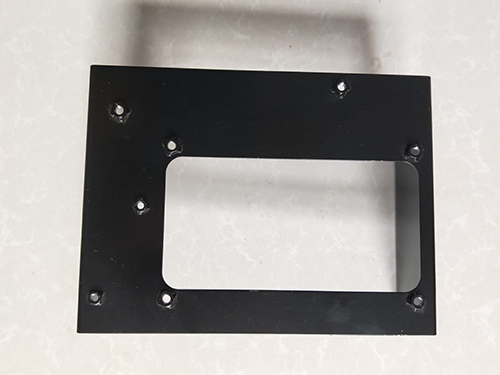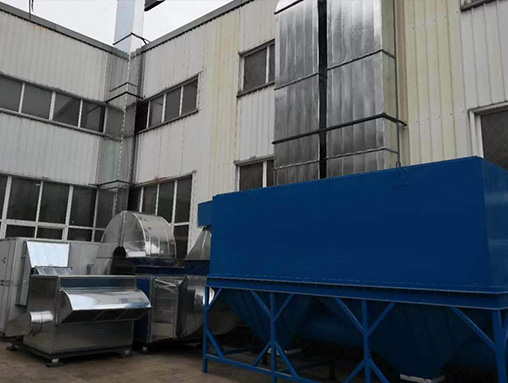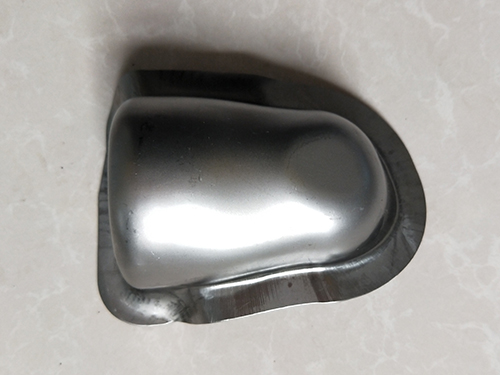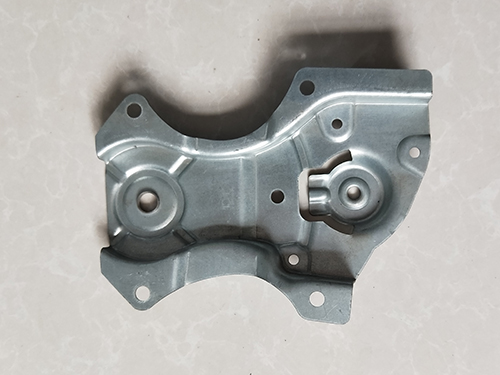Surface quality defects and detection of stamped parts, as well as plans to impr
< 1> Surface quality defects and detection of stamped parts. Stamping forming refers to the process of using stamping equipment to apply pressure to materials, causing them to undergo plastic deformation. In the factory, the stamped parts on the entire vehicle can usually be divided into four areas: A, B, C, and D, as shown in Figure 1. The lower edge of the body waistline dressing strip and the area above the front/rear wing wheel cover edge are area A; The following areas are defined as Zone B; The area C is located above the upper arc of the side panel of the vehicle roof and the roof area; The areas that other customers cannot perceive are defined as Zone D. The defects such as cracks, necking, pitting, deformation, pitting, wrinkling, and burrs generated in different areas correspond to different judgment criteria, such as scrap, repair, and qualification. Stamping parts; The surface quality defects can be divided into three types: Class A defects, Class B defects, and Class C defects. A-class defects are defects that customers cannot accept and may pose hidden dangers during use; B-class defects are defects that customers can see or touch, generally referring to more serious coordination defects; C-type defects refer to defects that are only discovered after polishing with oilstone, and can be improved by adjusting the mold structure. This defect generally does not cause claims from users. The surface quality inspection methods for stamped parts can be divided into two types: visual inspection and dimensional inspection. Appearance inspection can be carried out through visual inspection by observers, touch inspection by inspectors, and surface oilstone polishing and stamping of parts. To check the rigidity of dimensions, it is necessary to use a rigidity measuring tool, such as a measuring tool, to check the shape and dimensional accuracy of the stamped parts; Alternatively, a three coordinate stiffness gauge can be used to measure the position of the punched hole. In summary, studying the defects and measures in the forming process of automotive stamping parts is of great significance. Relevant personnel should have an understanding of the influencing factors of typical stamping defects, determine appropriate stamping process plans for different types of parts, set reasonable edge pressure and stamping speed, select suitable mold materials and convex and concave mold sizes. In the process of mold design, by designing the structure of the drawstring, the forming quality is further improved, thereby smoothly completing the forming process of automotive stamping parts, reducing part defects, improving overall production efficiency, and saving enterprise costs. ≪ Two> Plan for improving the utilization rate of stamping materials: 1. Product modeling block optimization. In automotive body stamping parts, side panel stamping parts are metal stamping parts with large spatial geometric dimensions and complex shapes;, It is very difficult to improve the material utilization rate, and the block position of the side panel and back door in the structural design has a significant impact on the overall material utilization rate. Due to the large forming of the side panel, the consumption of materials for the inner and outer panels of the side panel and back door increases. After optimizing the product design separately, the material utilization rate increased from 43.5% to 43.8%. 2. The stamping part of the rear door inner panel after product optimization is relatively deep, reaching 170mm, which makes forming difficult, and at the same time, the material consumption utilization rate is low. To this end, deep drawing is carried out in the door lock area of the rear door inner panel to reduce it by 40mm, and the sheet metal spacing can be reduced by 30mm. After product optimization, its material utilization rate increased from 62.5% to 63.2%. 3. The original forming process for optimizing the stamping forming process of the left and right longitudinal beams was deep drawing, which required a billet size of 1348mm * 365mm. Based on its process and forming technology conditions, the process was optimized from deep drawing to mold forming, resulting in an optimized billet size of 1308mm * 284mm. After process optimization, the material utilization rate increased from 69.8% to 92.4%. 4. Process supplementation optimization is an important component of the stamping die surface, and its shape affects material utilization. Usually, under the premise of product formability, the corner deep drawing of the product should be almost flush with the pressing surface to minimize deep drawing. The general process requires at least 8mm high process supplementation, and the optimized process requires 3mm high process supplementation. With fewer dimensions in the width direction, the material utilization rate of this part has increased from 67.9% to 68.2%.







